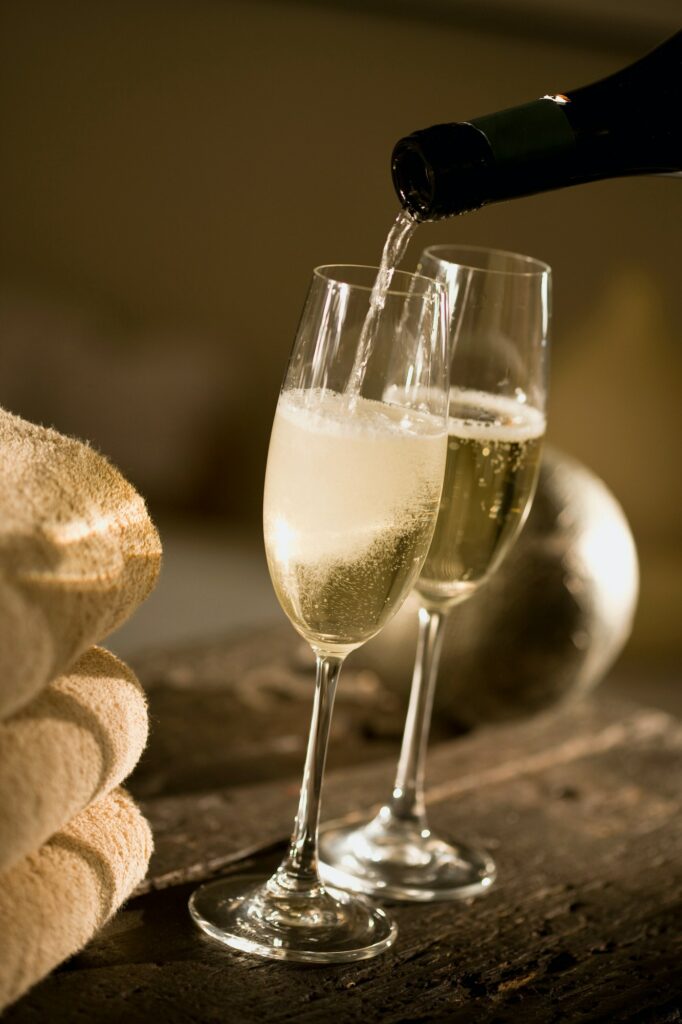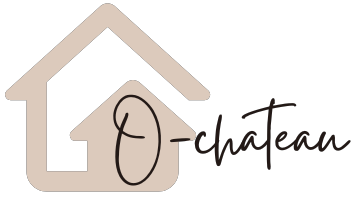French wine has long been one of the world’s most beloved and esteemed varieties. From Champagne to Bordeaux, Loire Valley whites to Burgundy reds – France has been producing some of the world’s finest wines for centuries. But none quite compare to French sparkling wine with their unique production process, appellation control systems, and quality standards – which make them some of the world’s most sought-after beverages.

Sparkling wine to celebrate !
An Overview of French Sparkling Wine History
Origins of French Sparkling Wine
France has a rich and complex winemaking tradition that dates back centuries. The first known French winemakers were the Celts and Gauls, who created wines from wild grapes grown on hillsides throughout France’s regions. As Rome expanded, so too did winemaking traditions; during this period the first French vintners began cultivating grape varieties best suited for their climate and soil conditions.
Development of French Sparkling Wine
French sparkling wines experienced a major boom during the 16th and 17th centuries when Champagne, France began producing some of the world’s premier sparkling wines. This region was unique in that the soil, climate and geography created ideal conditions for producing sparkling wines. Champagne in particular became world-renowned as a symbol of luxury, prestige and quality – an icon which continues to this day. The success of champagne opened the door for other regions in France to begin producing sparkling wines. Nowadays, France boasts some of the world’s most renowned sparkling wines, such as Bordeaux, Burgundy, the Loire Valley and Rhone Valley. Each region produces sparkling wines that are distinctive in style and flavor, all highly acclaimed by wine connoisseurs and wine enthusiasts alike. In addition to France’s more established regions, there are also some newer and emerging regions producing some of the finest sparkling wines worldwide. These include Languedoc-Roussillon, Saint-Emilion, Vin de Pays and Cotes de Rhone – each known for its distinct flavor profiles and styles.
Sparkling wines can go perfectly with many dish such as oysters, of dessert. As others wines, they all pair with a special savour.
Appeal Control and Quality Standards
Appellation Control in France
Beginning with Appellation Control, France has a system of labels and regulations designed to guarantee the highest quality wine. This control is divided into three levels: AOC (Appellation d’Origine Controlee), AOP (Appellation d’Origine Protegee), and IGP (Indication Geographique Protegee). Each label has specific requirements that producers must meet in order to qualify for that particular Appellation Control label; for instance, AOC requires wines made from grapes grown within a particular region must follow certain regulations within that region during harvest, vinification, and ageing processes according to those rules.
Quality Standards for French Sparkling Wine
In order to be labeled “sparkling”, producers must meet certain quality standards. Wines with an alcohol content of 8.5% ABV or higher and aged for at least 18 months qualify; those labeled “Vin Pays” require further refinements such as 12 months on the lees and a minimum residual sugar content of 10g/L.
Production Process of sparkling wine
Grapes Used in French Sparkling Wine
Finally, producers must meet certain quality standards to be able to label their wines “sparkling”. To qualify for the label “sparkling”, wines must have an alcohol content of 8.5% ABV or higher and be aged for at least 18 months; those labeled “Vin Pays” require additional requirements such as 12 months on the lees and 10g/L residual sugar content.
Methods of Production
Finally, let us explore some of France’s finest sparkling wines. Bordeaux, Burgundy and the Loire Valley are all famous producers of bubbly. In Bordeaux, Cabernet Sauvignon often makes for a light and fruity sparkling wine; Burgundy uses Chardonnay for richer, more complex bubblies; finally in France itself we find some top-notch sparklers made with Pinot Noir, Sauvignon Blanc and Muscadet from the Loire Valley region.
Styles of French Sparkling Wine
Champagne
Champagne is the most iconic French sparkling wine and has a long-standing production tradition in Champagne region of France. Crafted using traditional methods, this sparkling wine produces an irresistibly bubbly, citrusy, slightly yeasty taste.
Cremant
Cremant is a type of sparkling wine produced in several regions of France, such as Burgundy, Alsace and the Loire Valley. This style has a more delicate flavor profile than Champagne while offering vibrant fruit and floral aromas.
Cava
Cava is a Spanish sparkling wine that has recently gained widespread recognition in France. Crafted using the same traditional method as Champagne, this dry and crisp beverage makes an excellent accompaniment for food dishes.
Other Styles of sparkling wine
In addition to Champagne, Cremant and Cava, there are numerous other French sparkling wines. Vin Pays is one such example – a type of country wine produced across many regions throughout France. This sparkling wine has a lower alcohol content than most other wines and it boasts a light, fruity flavor. Bordeaux and Bordeaux Superieur are two of the best-known red wines from France. Bordeaux is a robust red wine made from Cabernet Sauvignon, Merlot and other grape varieties. Bordeaux Superieur is an enhanced version of this popular blend that has more depth and complexity. The Rhone Valley produces many types of red and white wines such as Grenache or Viognier with deep fruit flavors that can range in body from light and delicate to full-bodied and complex.
Selecting the Ideal Bottle of sparkling wine
Factors to Consider When Shopping for French sparkling Wine
When selecting the ideal bottle of French sparkling wine, there are a few factors to take into account. First, decide if you want a special occasion bottle or just an everyday sipper. Next, research regions and grape varieties that interest you. Finally, factor in ABV (alcohol by volume) as well as other tasting notes like sweetness or acidity.
Tasting and Serving Tips for sparkling wine
When tasting and serving French sparkling wines, there are a few things to keep in mind. First, ensure the bottle is chilled before opening so the flavors and aromas can develop fully. Pour the wine into a fluted glass to preserve the bubbles and prevent them from dissipating too quickly. Finally, serve at around 45 degrees Fahrenheit with various dishes such as salads, appetizers or even desserts for optimal enjoyment.
French sparkling wines are some of the world’s most beloved and sought-after wines. From classic Champagne to lesser known regional appellations, these wines are meticulously made with great care, leading to an array of styles and flavors. Perfect for special occasions or just enjoying on its own, French sparkling wines have something special for everyone with their high quality standards, appellation control standards, and diverse styles that everyone will enjoy.
